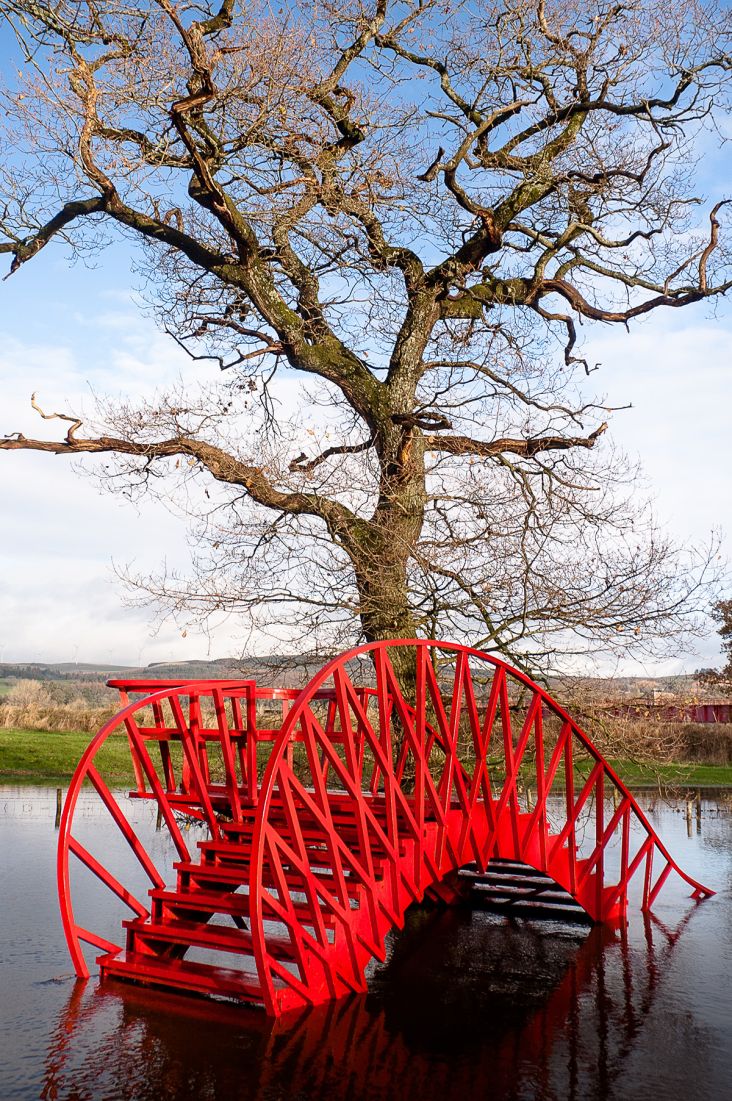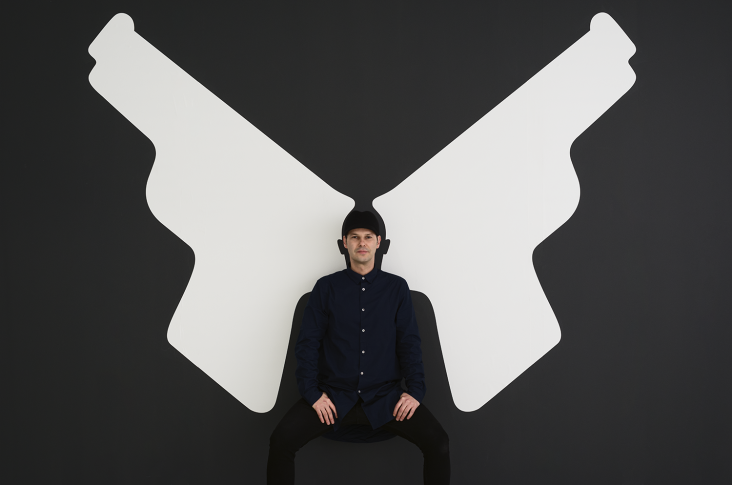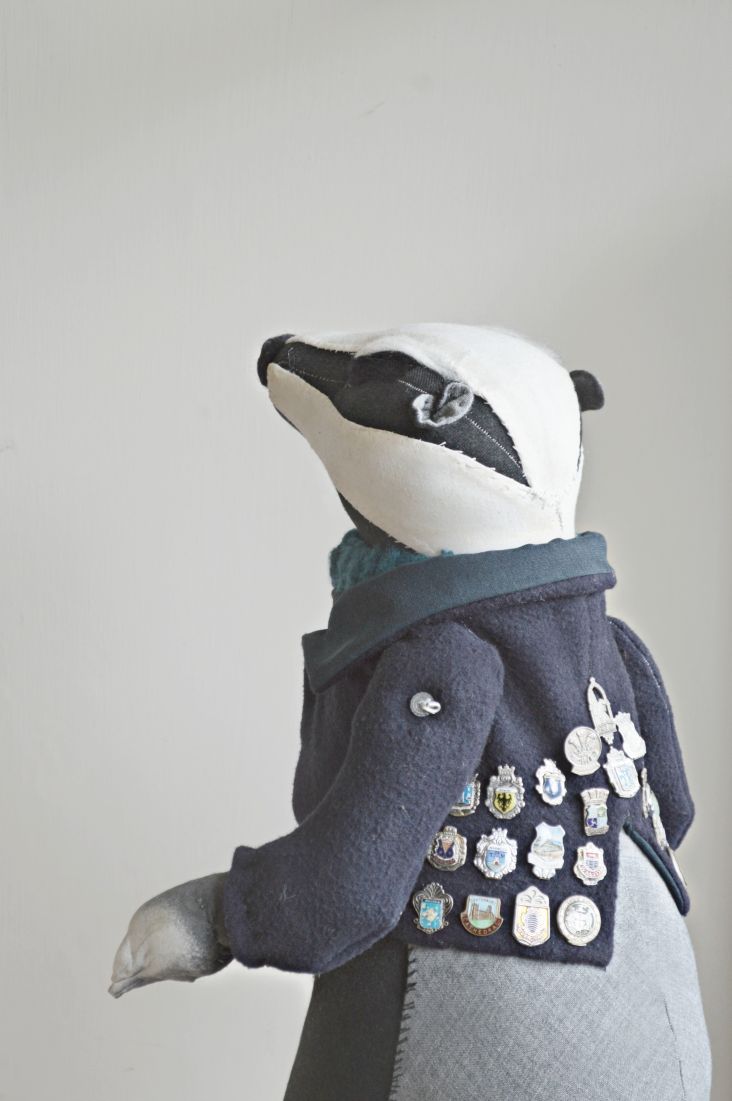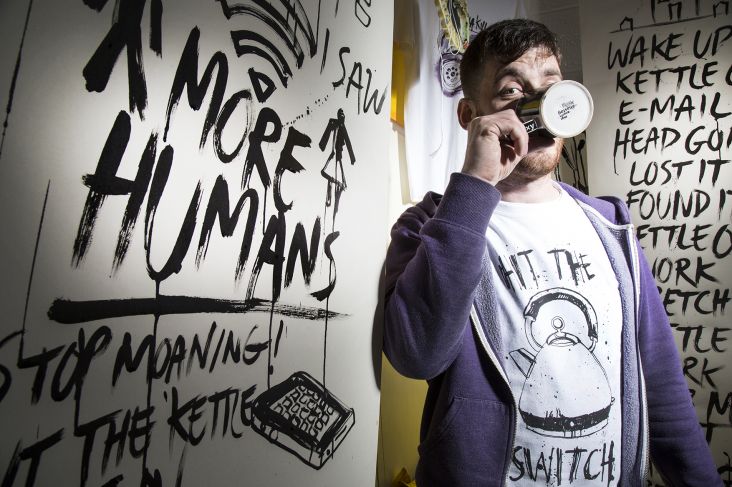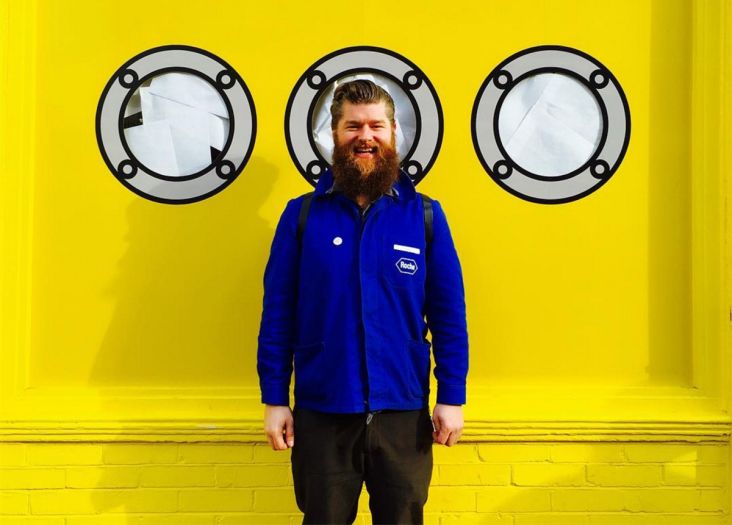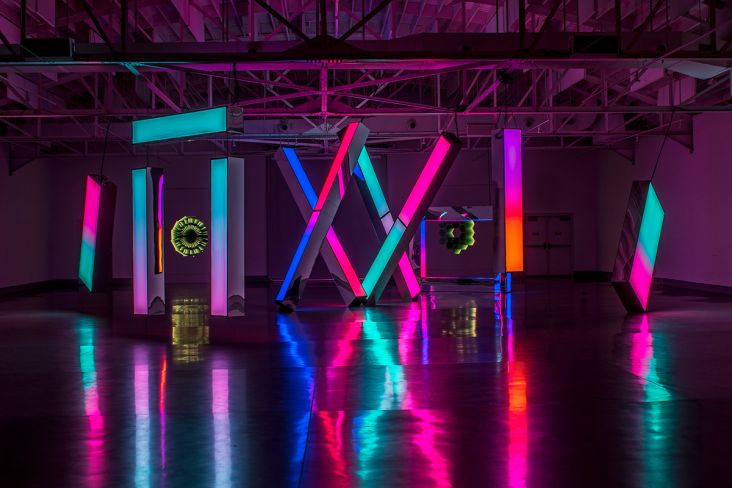Artist Laura Ellen Bacon on working with willow, creating large-scale sculptures and learning new skills
Laura Ellen Bacon is a British sculptor who works with willow and natural materials to create large-scale artworks in landscape, urban and interior settings.
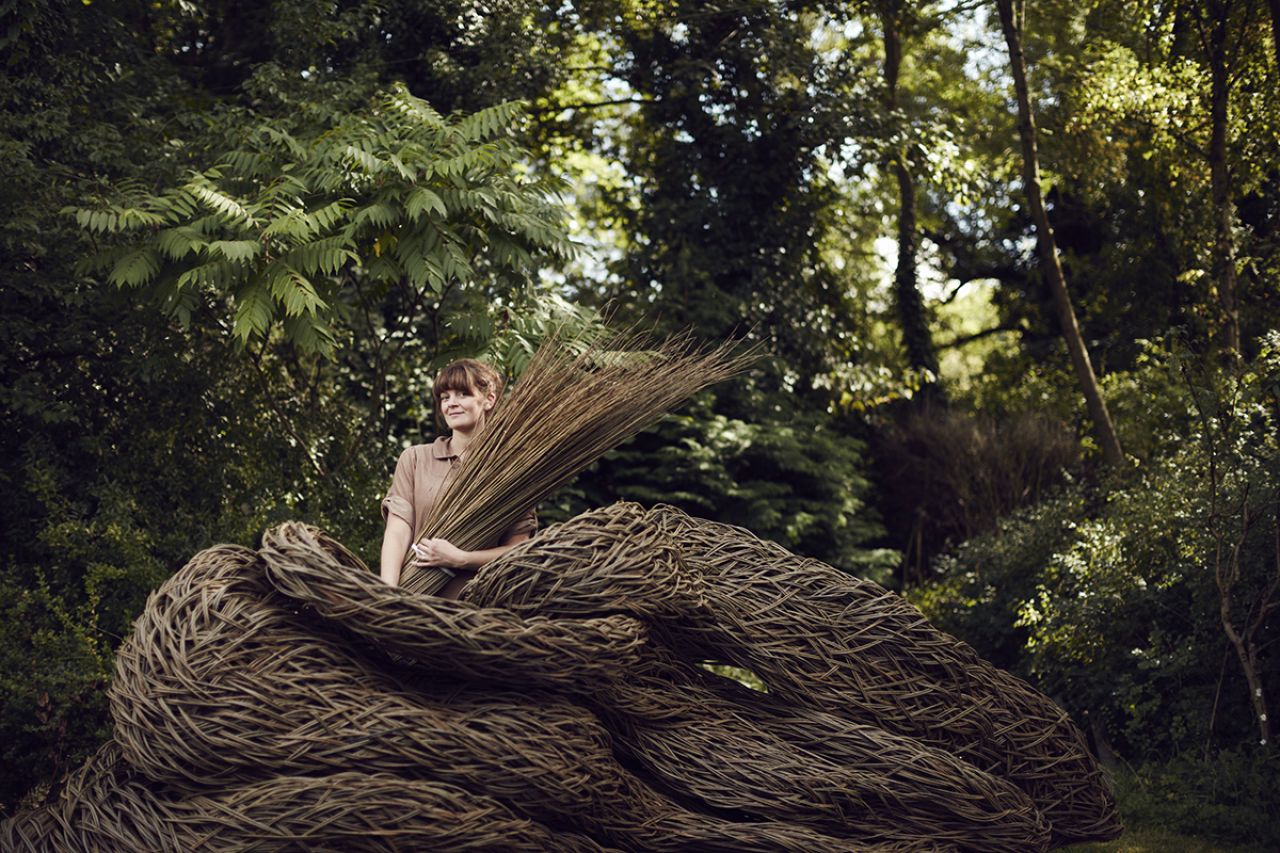
Photography by Alun Callender
Working predominately with natural materials and her bare hands, her works embrace, surround or engulf architectural and natural structures. Most recently, she has expanded her impressive repertoire to include thatching.
Her pieces have been described as startling but beckoning, monumental yet intimate, frenzied yet calm. Laura’s particular use of materials emerges from a compulsive desire to work them into a formed space of some kind, using a language that seems strangely familiar to the natural world.
We caught up with Laura to chat about her process, inspiration and latest exhibition.
Can you briefly take us through your process?
I've worked with natural materials in a very 'low-tech' way for over 15 years now. It's a very physical process and I hope my work has a similar physical presence somehow – not in a figurative sense (my work is entirely abstract in form) but in the scale and movement of the work.
The process I use with willow is self-taught – I've found my own way to use the material that feels instinctive and satisfies a need within me to build and shape forms with my hands.
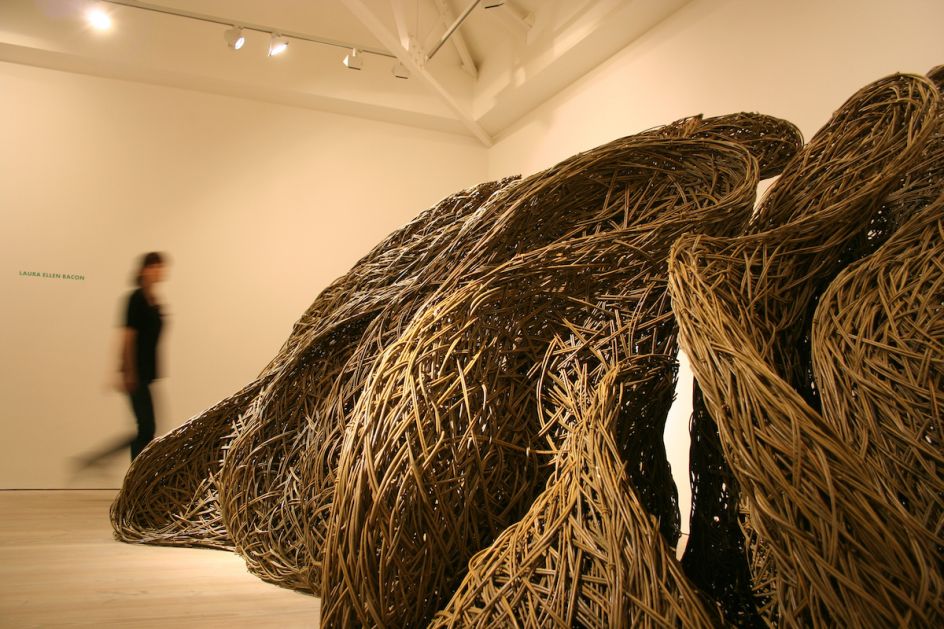
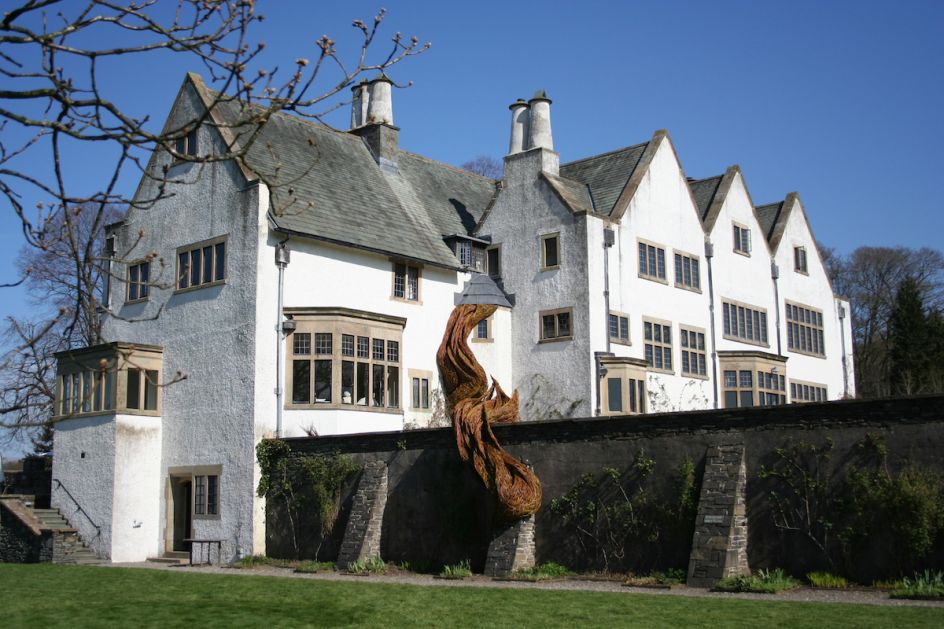
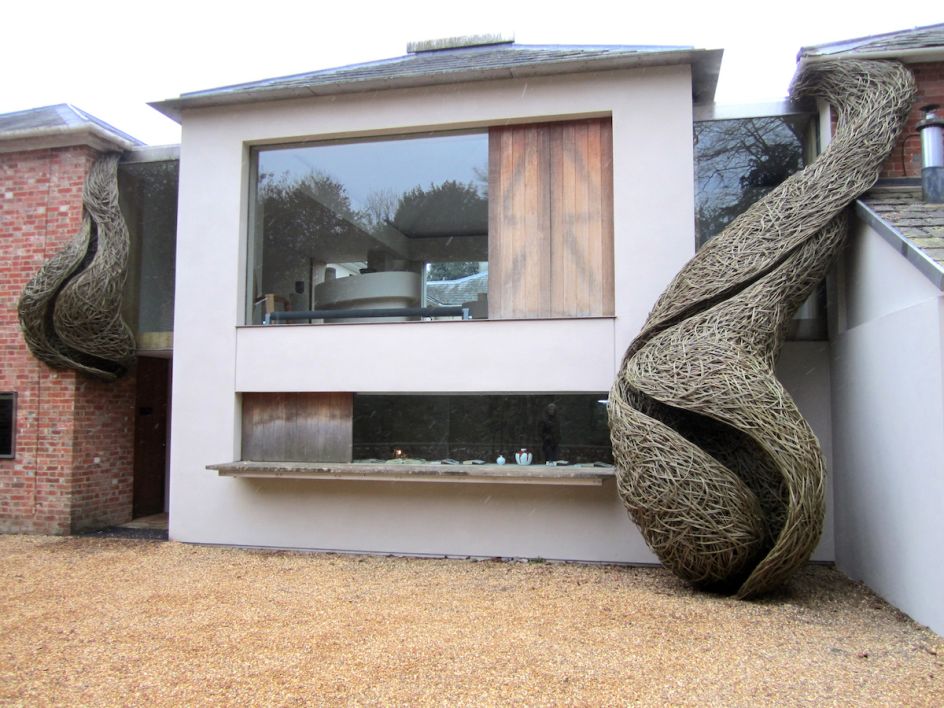
You use the traditional skill of thatching to make your work – how/where did you learn to do this?
Actually until my exploratory experimental project with thatch recently in the last three months only (that has produced a piece of work entitled, 'A New Presence', exhibited within my exhibition, Rooted in Instinct) I had never used thatch before.
I have been filling sketchbooks with designs in thatch for some time, but in creating this new piece of work, I was able to spend time with a thatcher (called Stewart Alexander) and design and make a unique piece of work for my exhibition as a result, albeit relatively small-scale for the time being until my skills and experience increase – my experience of thatching is at the absolute beginning.
This opportunity was funded by Arts Council England through Grants for the Arts and was a great chance for me to design with, make with and learn from a master thatcher. In making this first artwork, I wanted to create something that had a human scale to it and brought the alluring presence of thatch into an interior space.
What appeals to me so intensely about thatching is the accumulation of the natural material. For me, a layer of thatch on a roof is more than a material layer to cast off rainwater, I see it almost a separate entity that has settled upon the building and I want to explore that sculpturally.
Natural phenomena such as snowdrifts or sand dunes inspire me greatly for future works in thatch, they are natural accumulations shaped by the forces of nature that are entirely unique to the place where they take shape. I hope to use thatch in future to create much larger sculptural works that feel like they have been set down in the landscape by a natural, elemental force, whereas they would actually exist due to the careful accumulation of materials used en masse with the skilful coordination of hand and eye.
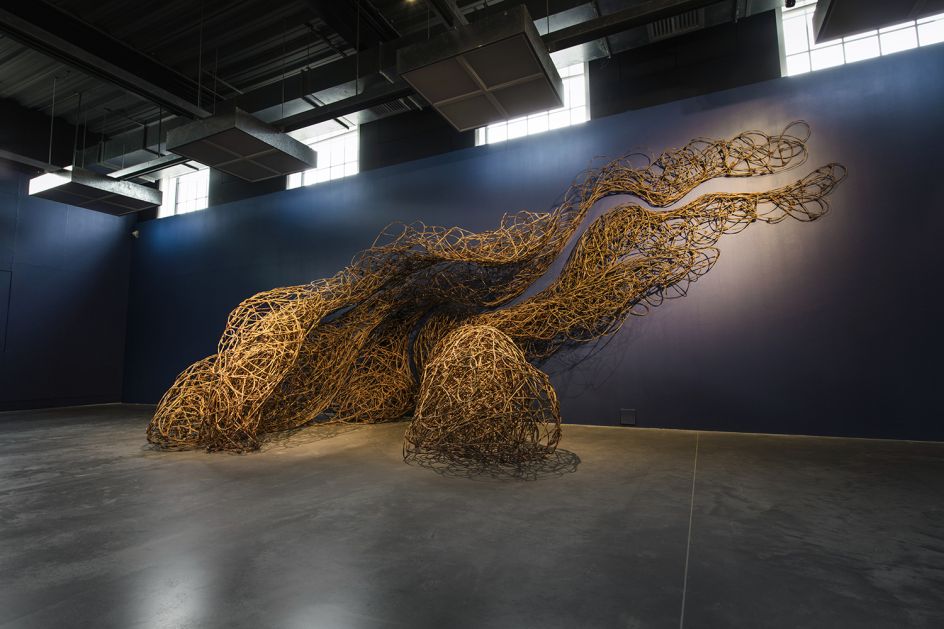
Photo credit: Electric Egg
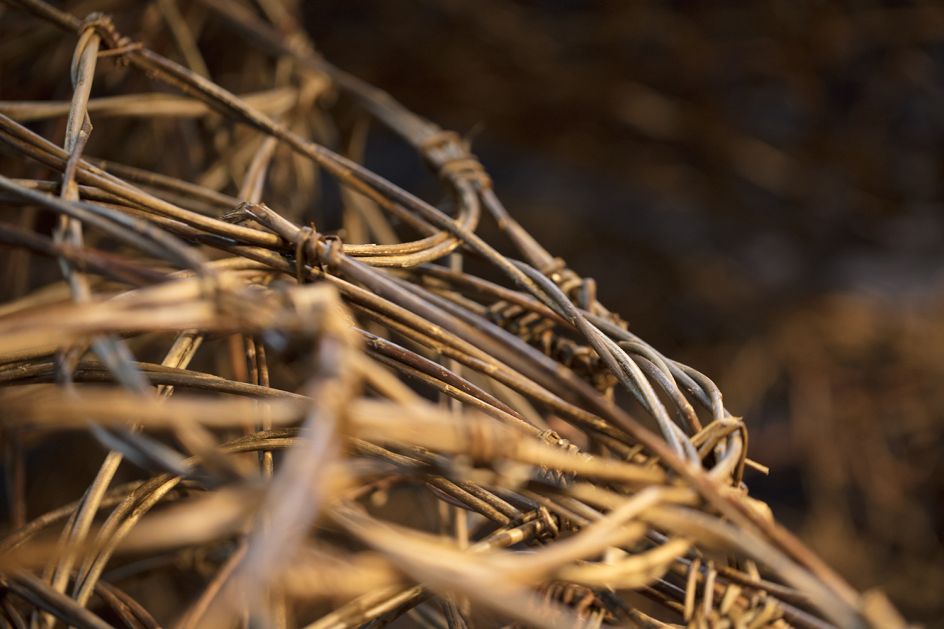
Photo credit: Electric Egg
What initially drew you to working with natural materials? And why is it so important?
When I began creating work I very much wanted to develop a technique that was my own and I used willow to do this. I wanted to work intuitively and feel my way into shape and form using the material as both a 3D 'sketching' medium and the means to fill out form with volume, weight and substance. I love using materials en masse and I enjoy the slow development in the weight and form of the work, starting out with a frail framework and building curves from the inside out to achieve quite 'muscular' forms with a sense of movement, a sense of them being alive somehow.
The layering and accumulation of natural materials is part of my motivation and I still feel strongly drawn to creating spaces that can be entered; I feel there's something that hits a primitive nerve about a space that has been clearly built by hand with natural materials (see the main image for an example in The Shape of First Thoughts).
I was drawn to using natural materials such as willow because I was able to find my own ways of using them without the need for tools or machinery. I sometimes snip a few loose ends off with secateurs or maybe require scaffold to enable me to work at heights on-site, but largely I simply use my hands to make my work which appeals to me for many reasons. Certain natural materials like willow can be obtained in wonderfully large quantities and although it is possible to acquire it in particular lengths and thicknesses, no two pieces are the same and I love natural 'flaws' and slight irregularities in the materials.
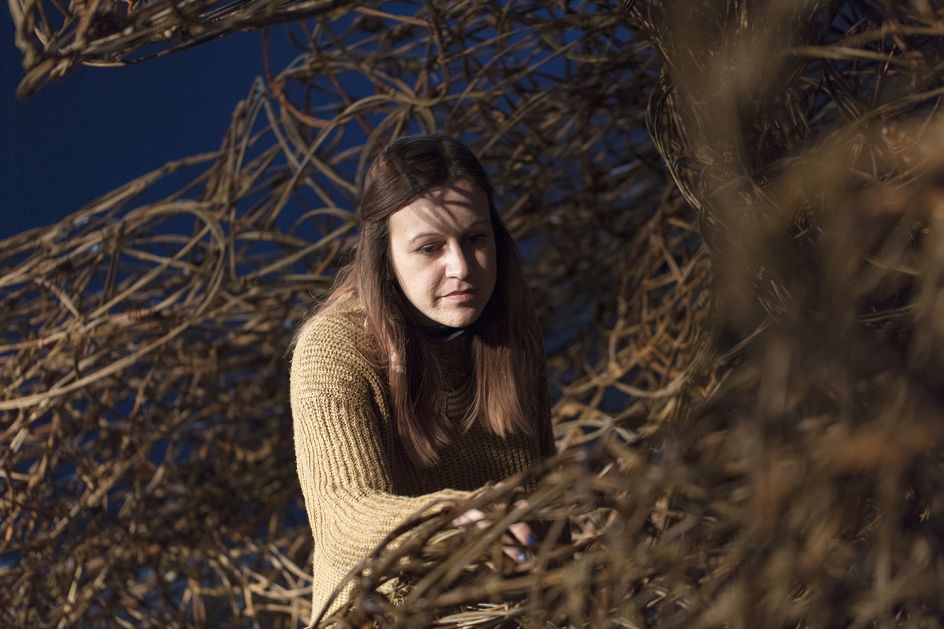
Photo credit: Electric Egg
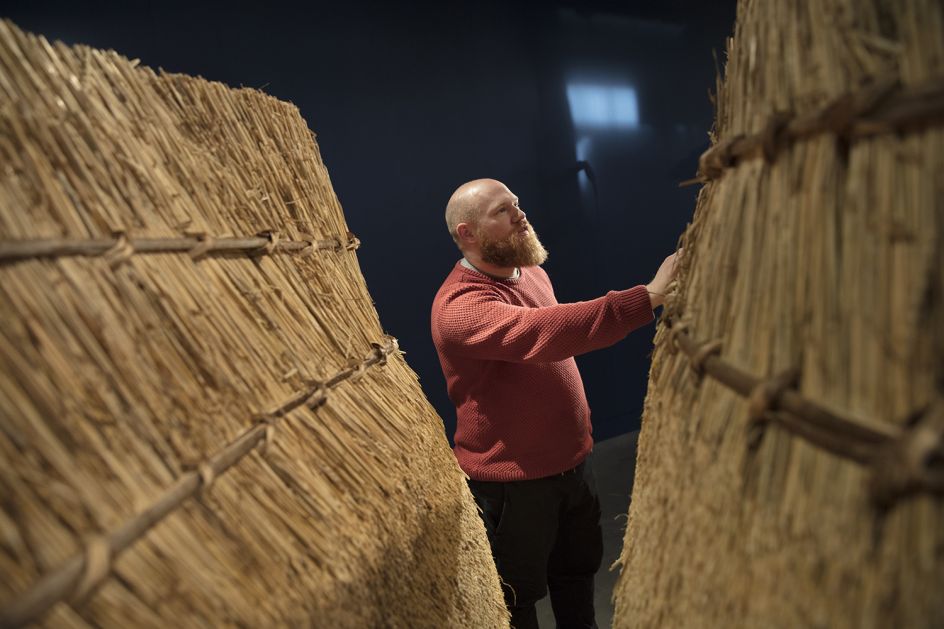
Photo credit: Electric Egg
You use a minimal amount of tools to create your work – how long does it take to create each piece?
Usually several weeks. All my work is created using coordination of hand and eye (and a large amount of sketching beforehand usually). It's an incredibly absorbing experience as the textural material information that is received through the hands and coordinated by the eye is deeply involving and a very satisfying process.
The constant creation of a sculptural form often relies on constant assessment however - my technique doesn't ensure that a form will naturally appear through technique alone, I often remove and rework portions of structure on-site as a way to ensure that curves and detail are absolutely where I want them to be - keeping control of materials and form are crucial.
What’s next?
I have some intriguing private commissions coming up and a couple of really large projects for autumn 2018 that sadly I'm not at liberty to release information about yet, but suffice to say that my developments in thatch on a larger scale are hopefully set to continue, and I'm also slowly developing new designs for very large sculptural forms using a dry stone walling technique (potentially working with a small team of dry stone wallers) but my projects and locations of new works won't be formally announced until early 2018.
I will be exhibiting with gallery, jaggedart at COLLECT at the Saatchi Gallery from 22 - 25 February 2018. And I currently have work in the Woman's Hour Craft Prize exhibition which runs at the V&A until 5 February 2018 and my exhibition, Rooted in Instinct can be seen at the National Centre for Craft and Design until 14 January 2018.














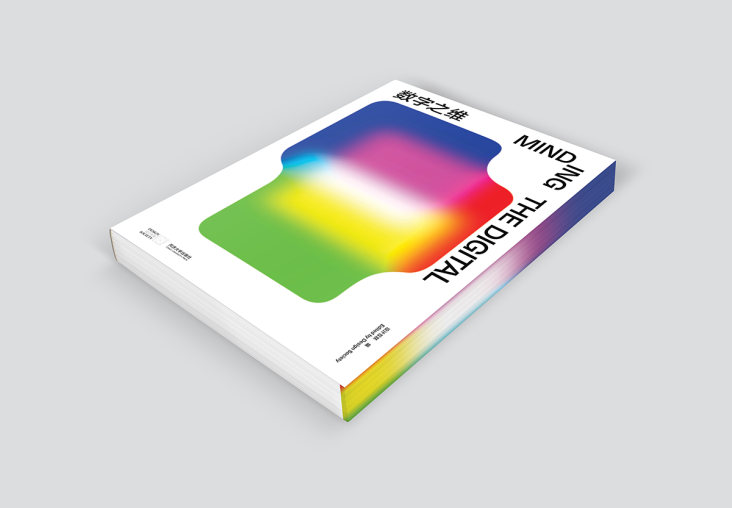
](https://www.creativeboom.com/upload/articles/24/24b490349677042ae211afc9d50268c1755f91d6_732.jpg)
